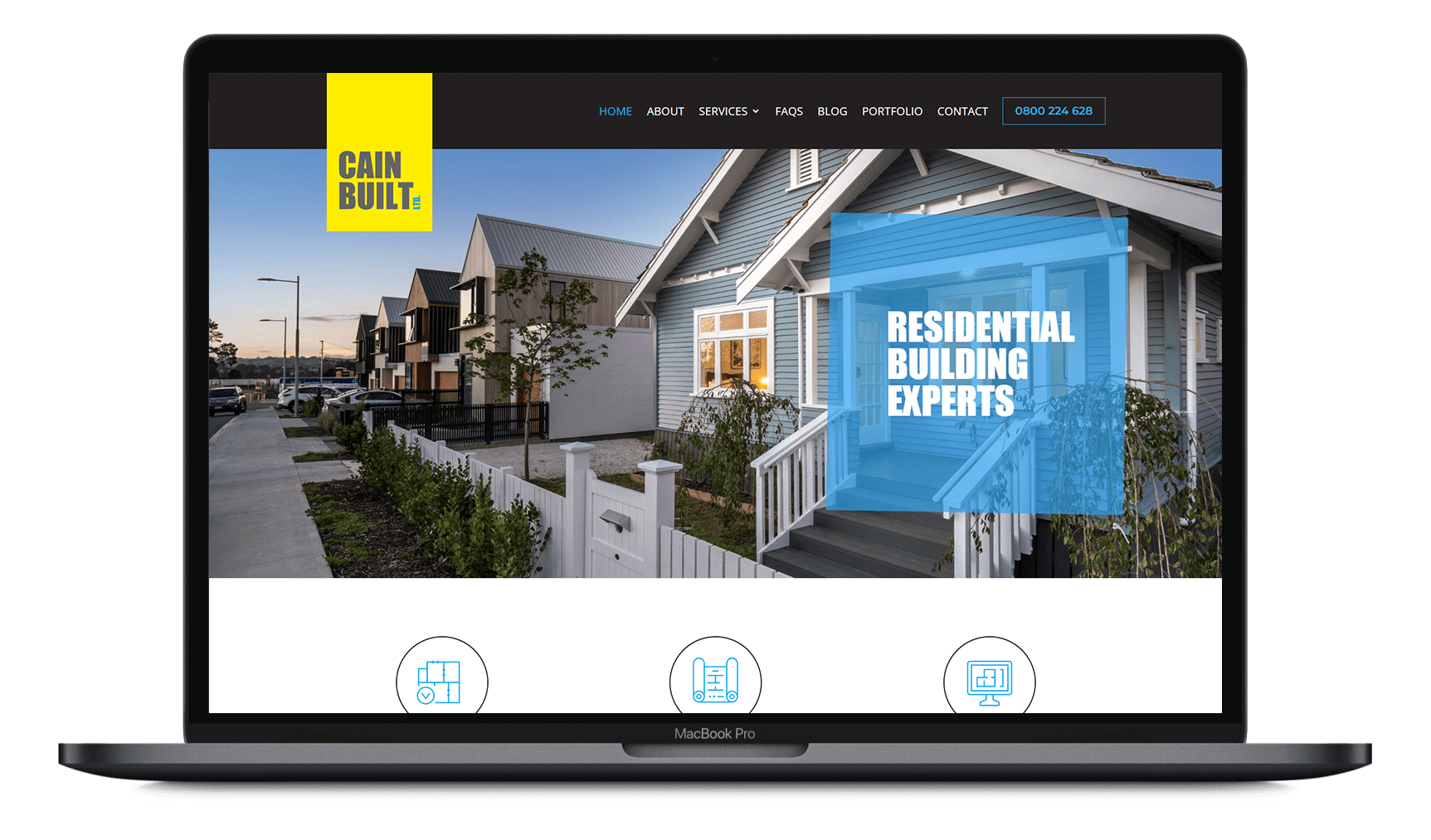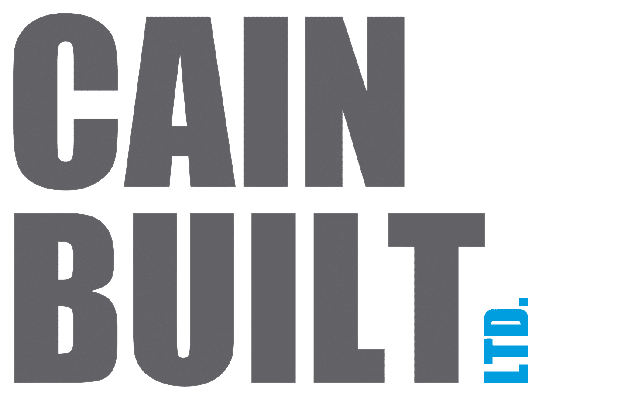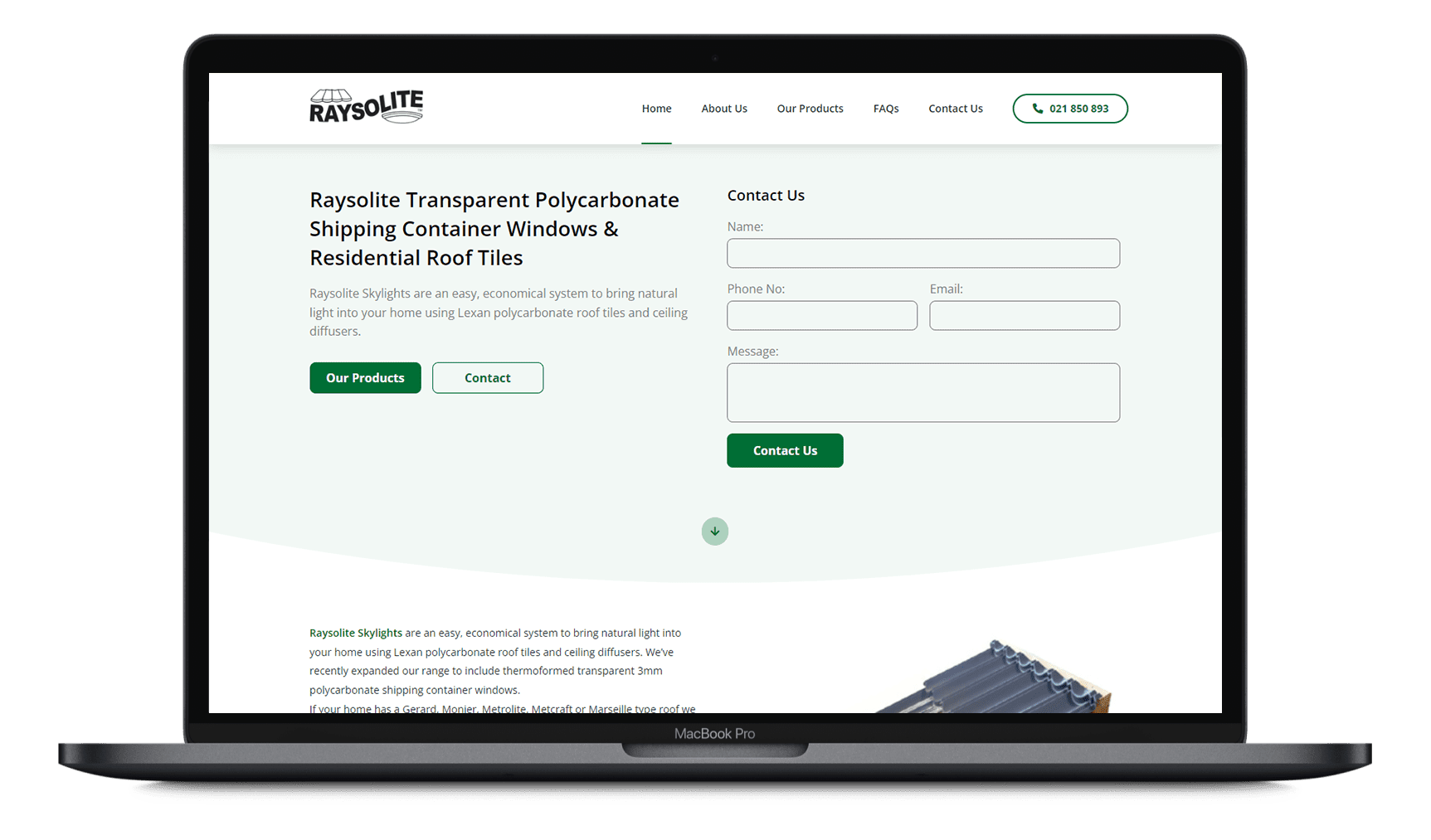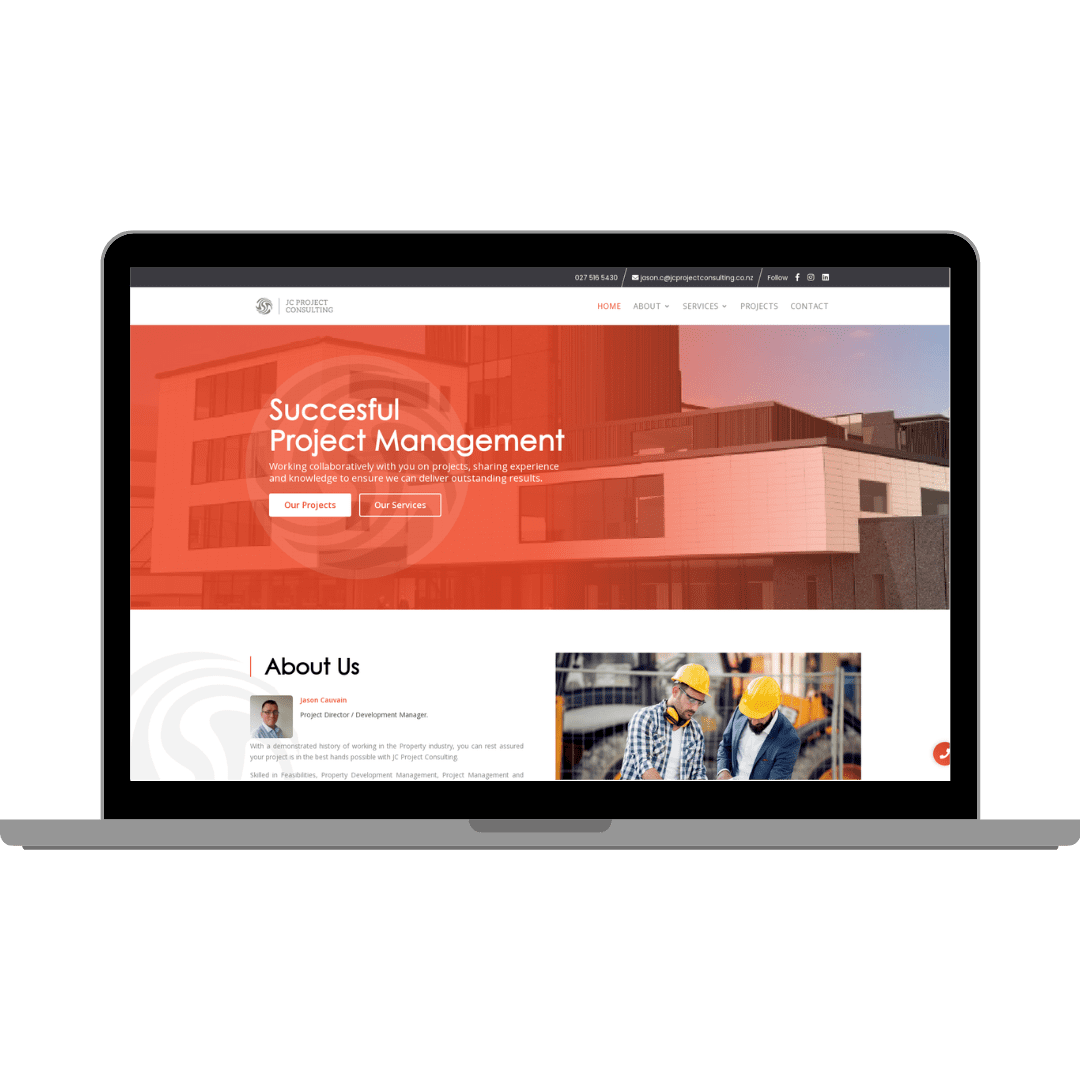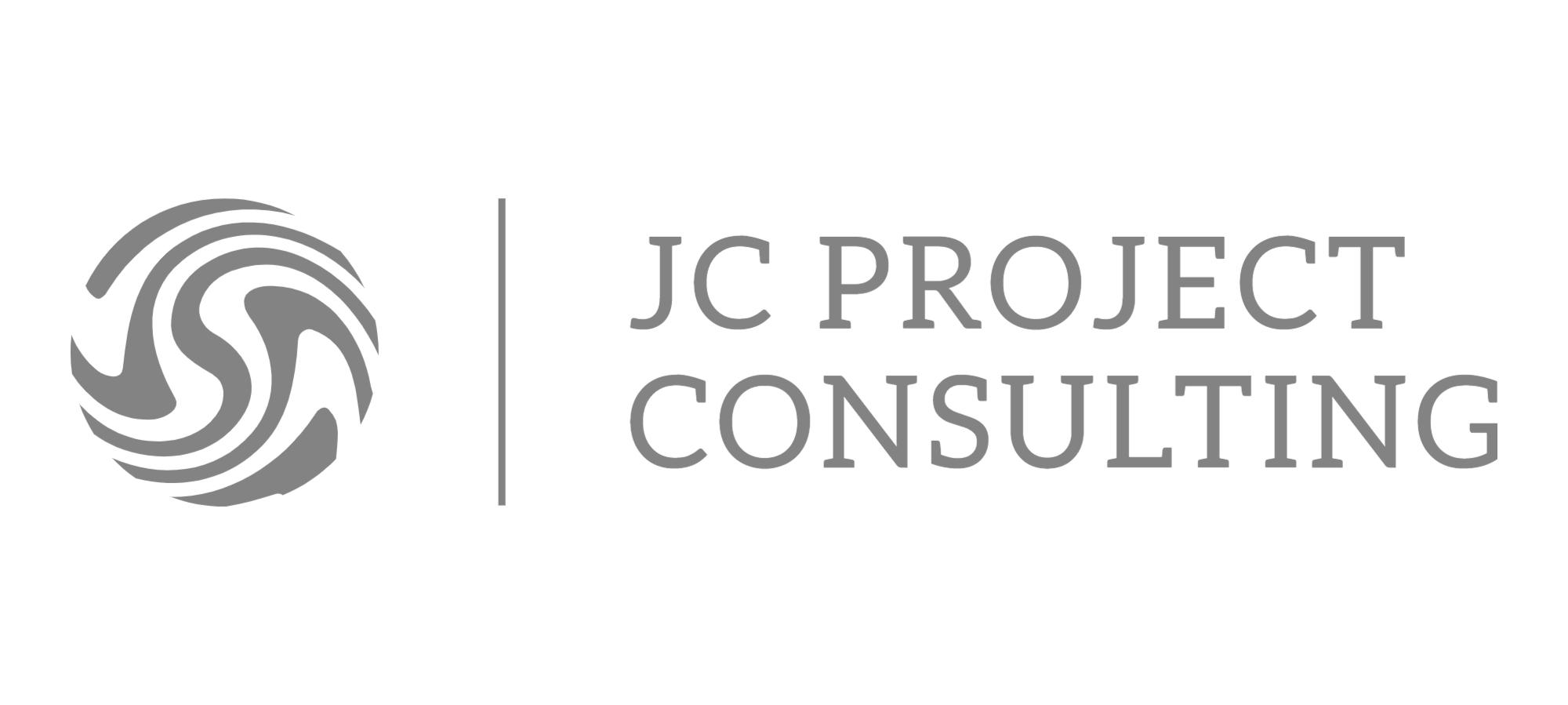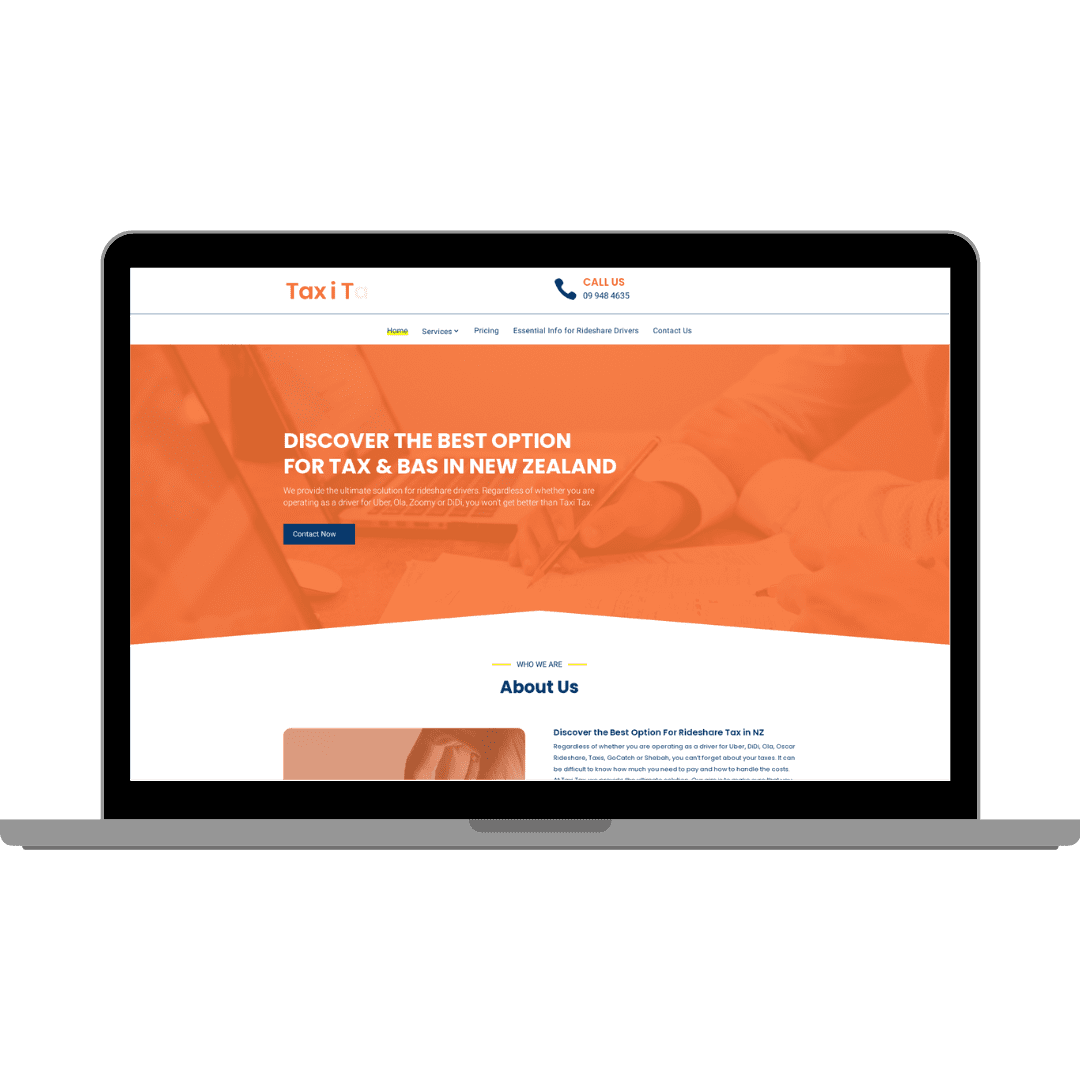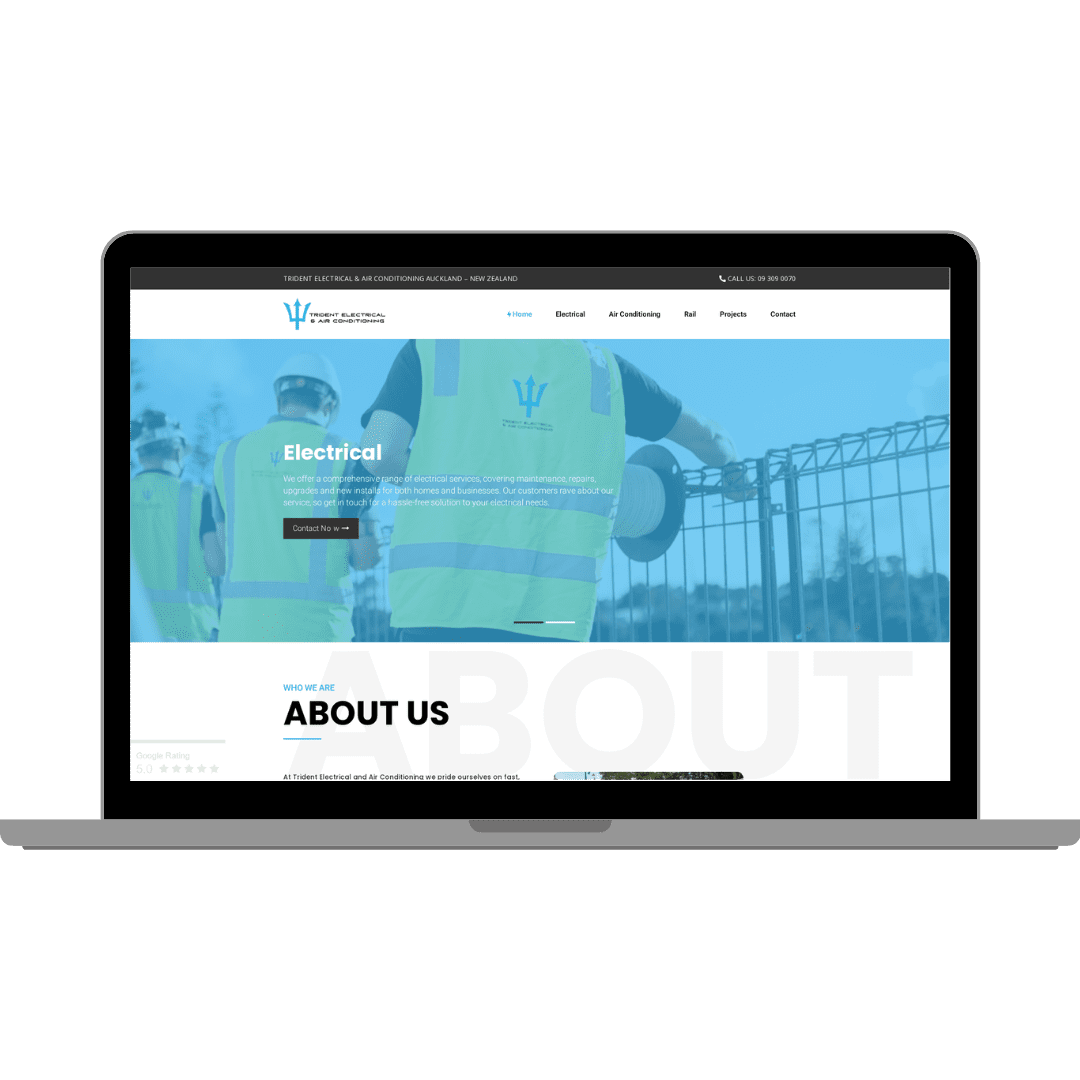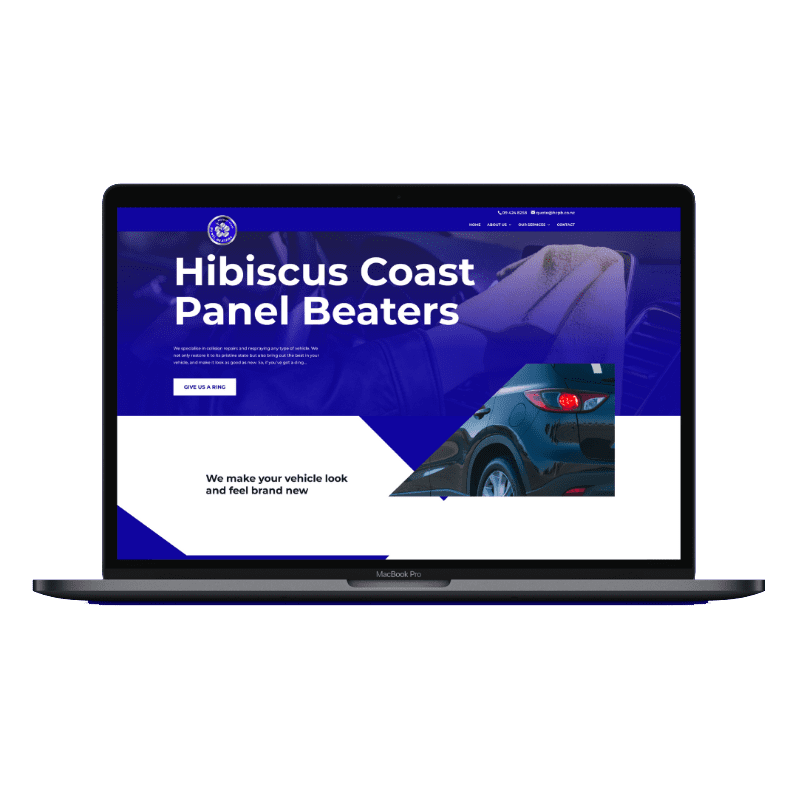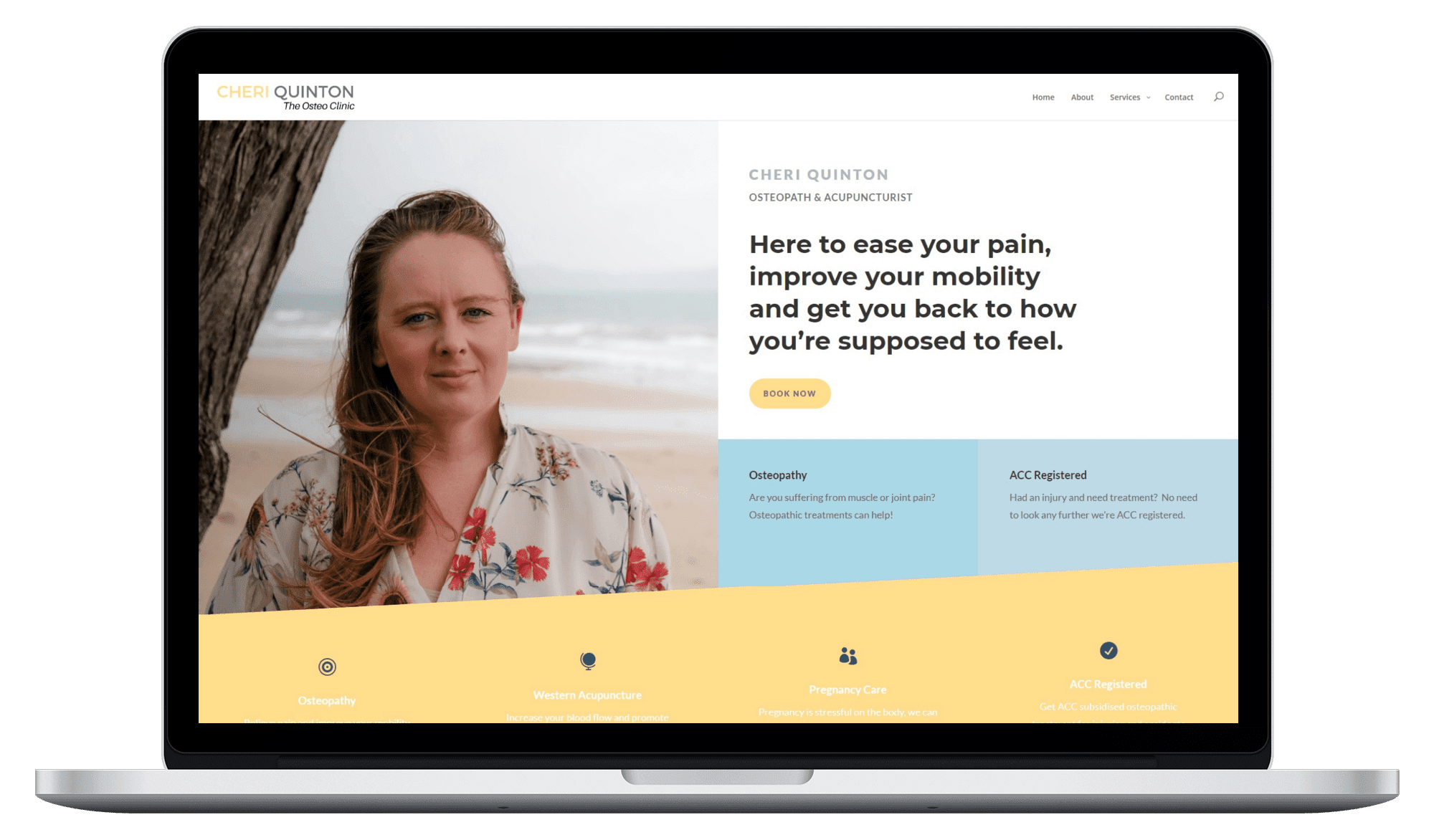A landing page is a standalone web page created specifically for the purpose of a marketing or advertising campaign. Its main goal is to direct the visitor to take a specific action, such as making a purchase or filling out a form for more information. To achieve this goal, it is essential to have a compelling headline that captures the visitor’s attention and persuades them to take the desired action.
Why are compelling headlines important for landing pages?
A compelling headline is the first thing that a visitor will see when they land on your page, and it plays a crucial role in determining whether they will stay on the page or leave. If the headline is not interesting or relevant to the visitor, they will likely leave the page and move on to something else. On the other hand, a compelling headline will grab the visitor’s attention and make them want to learn more about what you have to offer.
In addition to capturing the attention of the visitor, a compelling headline is also vital for setting the tone and direction of the rest of the page. It should clearly communicate the value proposition of your product or service and set the stage for the rest of the content on the page. A strong headline will also help to establish credibility and build trust with the visitor, which is essential for convincing them to take the desired action.
What Makes a Compelling Headline?
There are several factors that contribute to a compelling headline. Here are a few key considerations:
- Clarity: A compelling headline should be clear and straightforward and communicate the main benefit or value proposition of the product or service being offered. Avoid using jargon or technical language that may be confusing to the reader.
- Emotion: A headline that evokes an emotional response can be more effective at grabbing the reader’s attention. Use words that tap into the reader’s desires, fears, or motivations to persuade them to continue reading.
- Urgency: Creating a sense of urgency can effectively persuade the reader to take action. Words like “now,” “today,” or “limited time” can help to create a sense of urgency and encourage the reader to take the desired action.













